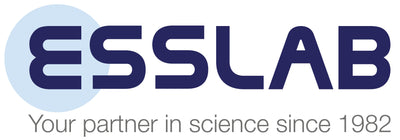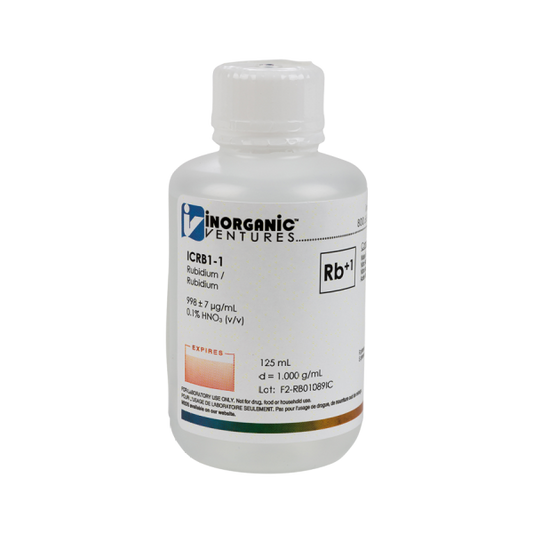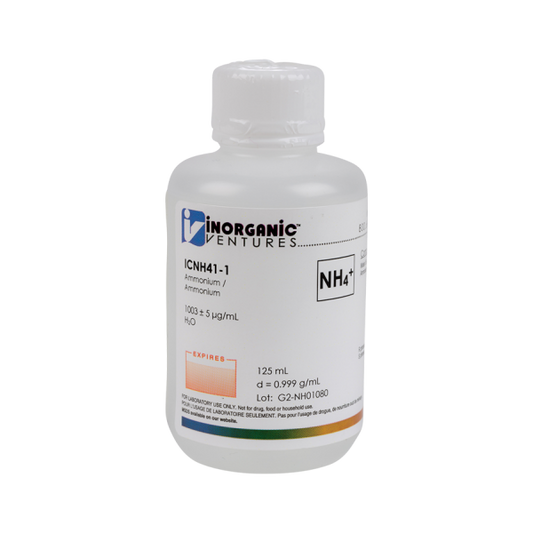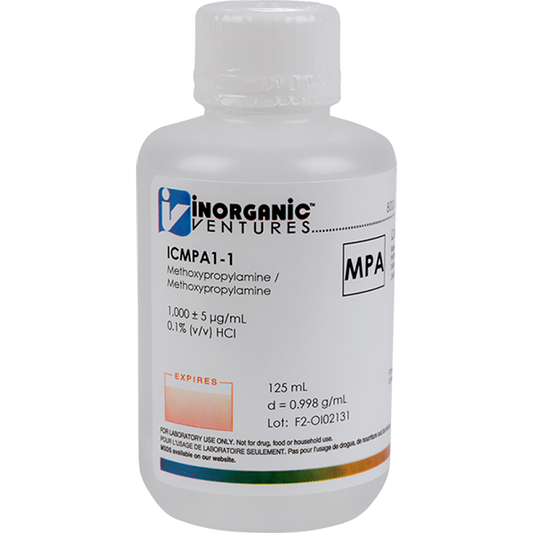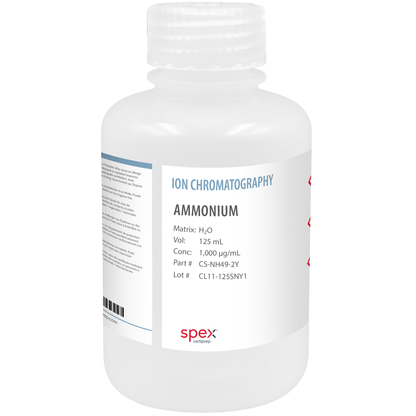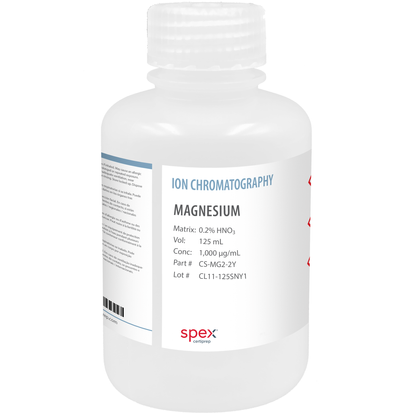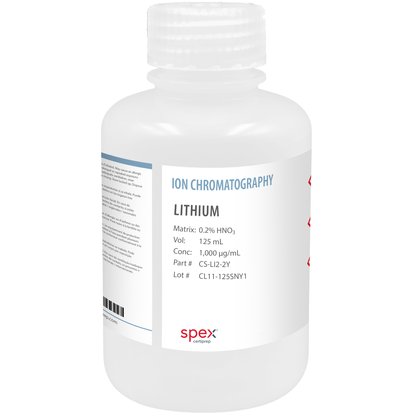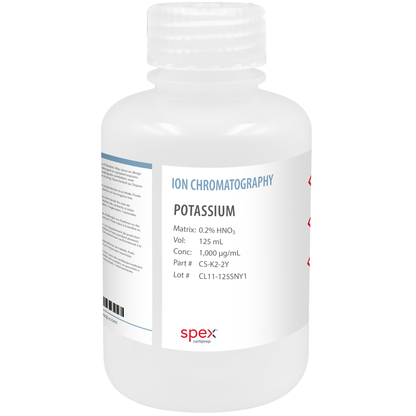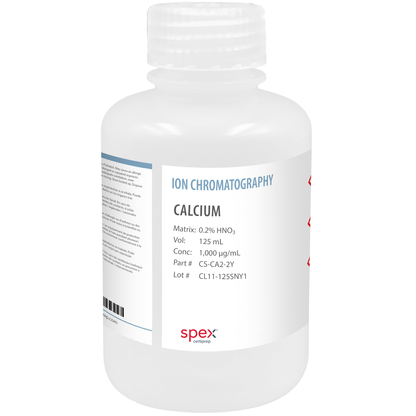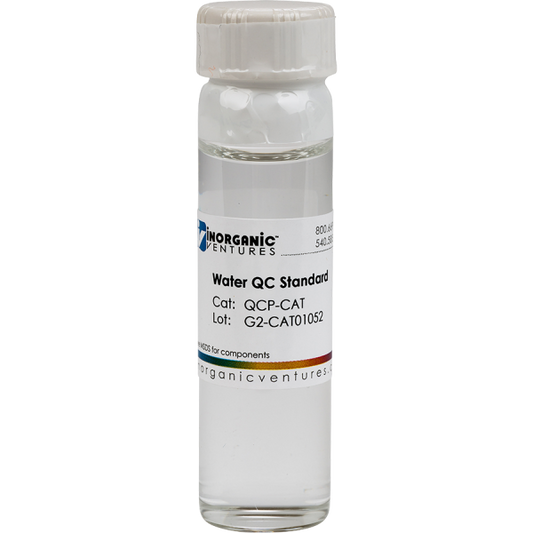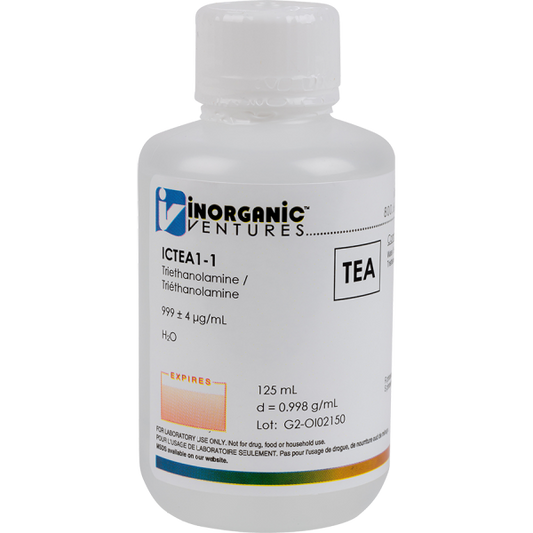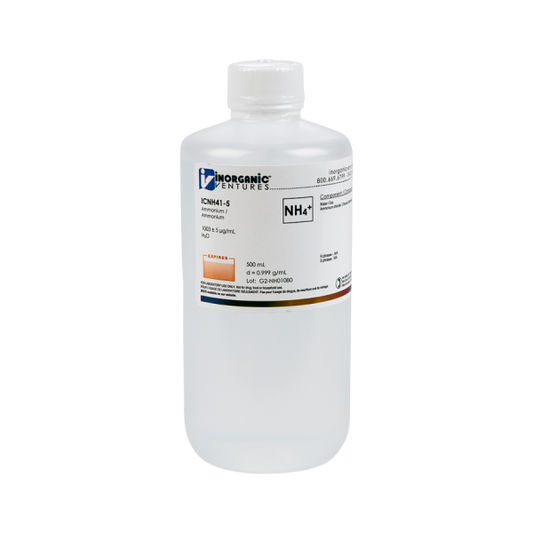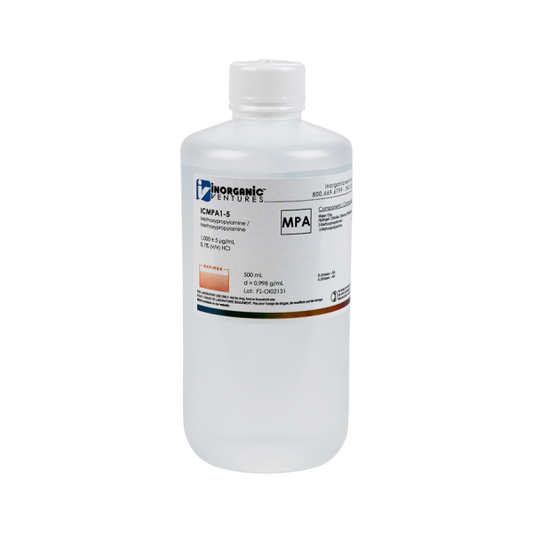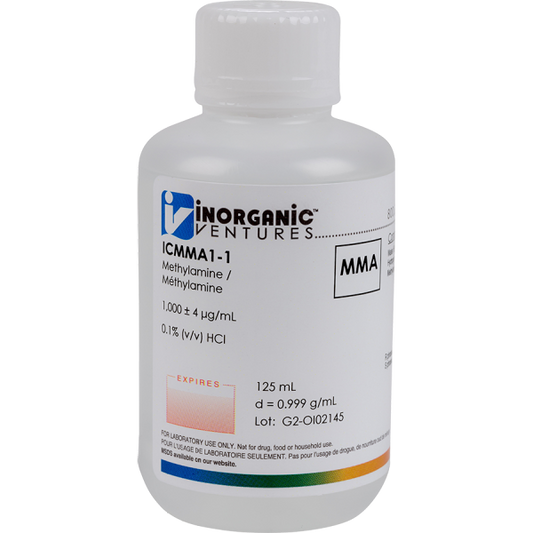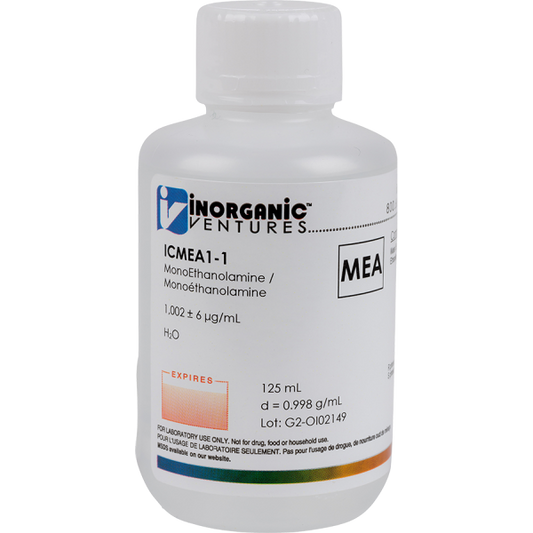The two types of ion chromatography are anion-exchange and cation-exchange.
Cation-exchange chromatography is used when the molecule of interest is positively charged. In this type of chromatography, the stationary phase is negatively charged and positively charged molecules are loaded to be attracted to it. The water-soluble and charged molecules bind to moieties which are oppositely charged by forming ionic bonds to the insoluble stationary phase. The equilibrated stationary phase consists of an ionizable functional group where the targeted molecules of a mixture to be separated and quantified can bind while passing through the column. A anionic stationary phase is used to separate cations.
Ions separate differently depending on the species type, size, and charge. The unknown ions in the sample can be simple anions, cations, or structurally complex figures such as proteins and amino acids. Proteins are separated based on the charges of their functional groups.
Ion chromatographs have the ability to measure concentrations of major anions, such as fluoride, chloride, nitrate, nitrite, and sulfate in the parts-per-billion (ppb) range.
The main advantage of ion chromatography is that multiple ions can be analyzed at once since each ion elutes at a different rate. In instances where multiple ions are required, we also offer a range of multi-ion solutions.
